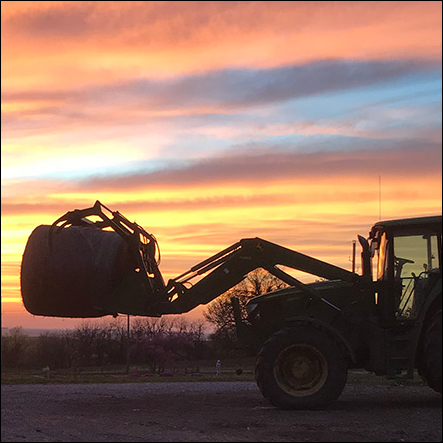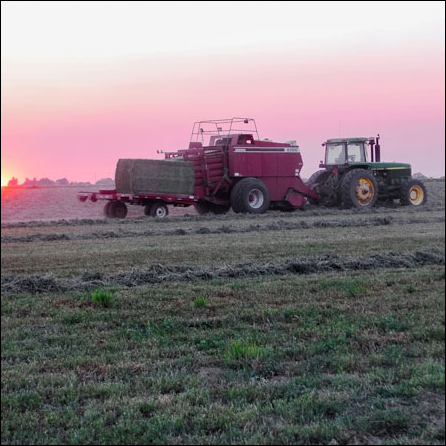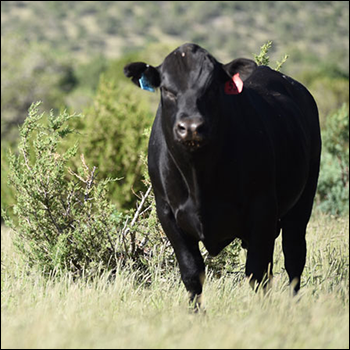
Association Perspective
Unexpected surprises.
What you see isn’t always what you get. Recently I traveled to a sale several hours from home. Like normal, I slipped on my New Balance tennis shoes, grabbed a tie and headed out. As planned, I arrived comfortably at my destination, parked the car, walked to the back door, slipped off my right shoe and put on my right boot … wait … Holy smokes! What’s that?! There was a large lumpy something in the bottom of my boot. Like most of you, my first reaction was to hurl the boot into oblivion and worry about it another day. However, I fought that urge and collected my thoughts, my heart rate and my focus. In the bottom of my boot was my son’s plastic frog — a fine hello and an unexpected surprise. Now that I know he’s capable of such surprises (critical information), it’s on me to act and take corrective measures to mitigate the risk of unintended consequences.
Hay season is upon us. As we prepare for meeting the nutritional needs of our cows through the winter (or even July and August) when we have no or limited available forage, I encourage you to test your hay. All bales are not equal. Whether you produce your own or purchase your hay, testing does two things that are vital to your bottom line:
- 1. It provides critical information.
- 2. Critical information allows for better decisions.
I remember a couple of winters ago here in Kentucky we had an extended period of frigid temperatures and precipitation. Those added nutrient requirements for the cows were met with added hay, but in many circumstances, there were dead cows with full stomachs — full of poor quality hay. It was an unexpected surprise — a frog in the boot, so to speak. Knowing the nutrient content of our hay allows for better decision-making for what to buy, what it’s worth and how to supplement. Critical information drives better decisions and allows us to take corrective action to mitigate our risk.
The same logic can apply to our herds. What you see isn’t always what you get. All replacement heifers are not equal. GeneMax® AdvantageTM allows you to test your Angus-based replacement females to learn more about their genetic potential to add to your bottom line. Testing provides critical information like performance measures; expected progeny differences (EPDs), including heifer pregnancy (HP) and mature weight (MW); and other measures we can’t see with the naked eye.
Obviously, we use this information along with all things you know to be true about form and function. Likewise, registered Angus bulls can provide the needed critical information for you to make better decisions. Registered Angus bulls have documented pedigree information, performance measures and genomically enhanced EPDs that allow for quantifiable information on the things we can’t see. They offer measures on expected differences in HP, MW, claw set and pastern angle (Claw; Angle) or pulmonary arterial pressure (PAP). Obtain the critical information and take the measures necessary to mitigate your risk and improve your bottom line.
This morning my wife slipped on her boots to find dinosaur magnets waiting in the bottom. An unexpected surprise, she says. What you see isn’t always what you get. All bales aren’t created equal. All replacements are not equal. All black bulls are not equal. Avoid the frog in your boot — test your hay, test your heifers and buy registered Angus bulls!
Editor’s note: Alex Tolbert is the regional manager for Region 3, including Kentucky, Ohio and Tennessee. Click here to find the regional manager for your state.




